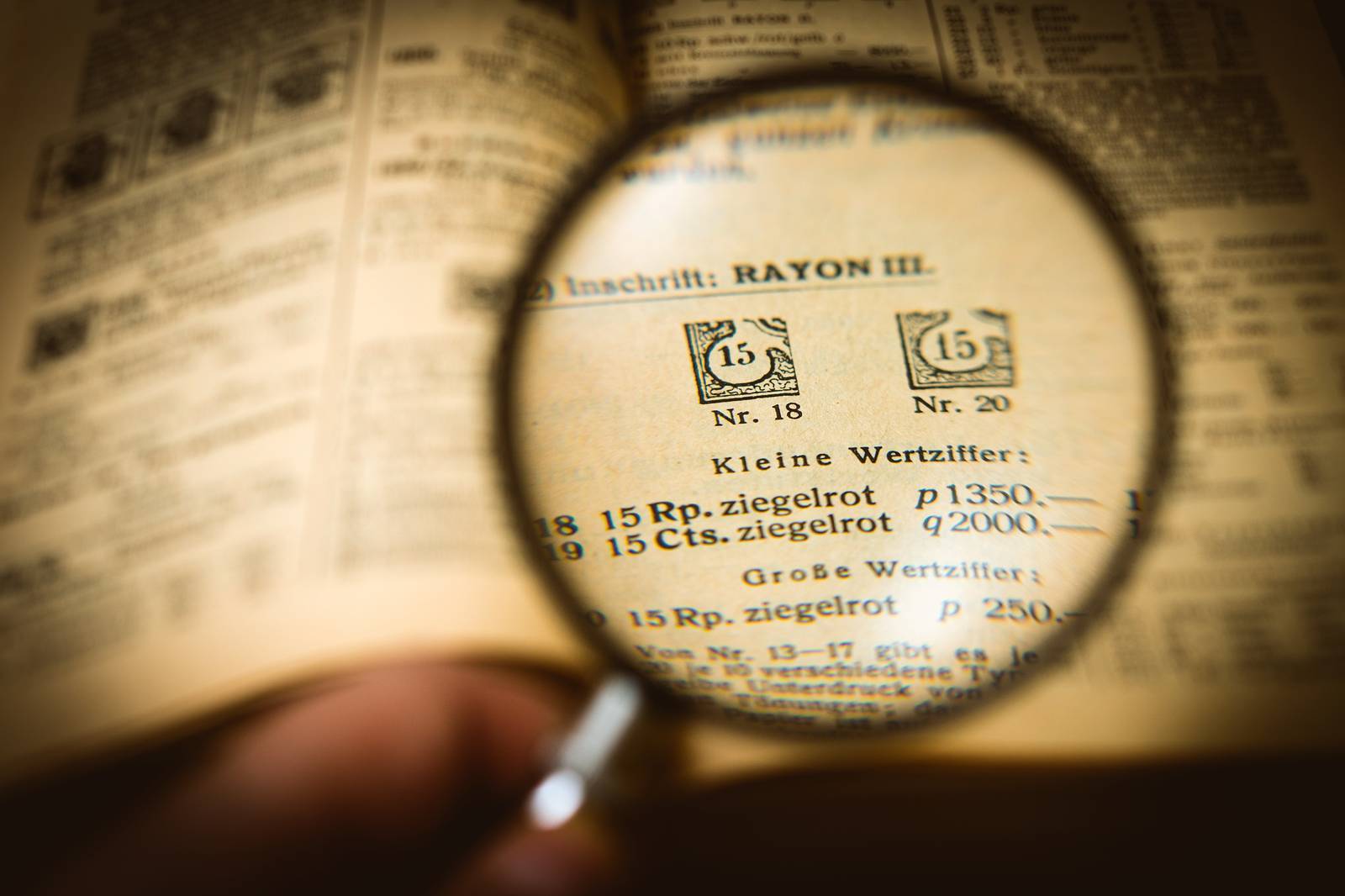What is 1080p Resolution
While watching or downloading videos from the Internet, you may have noticed that some of them are labeled as "1080p".

What does 1080p mean
What does the p in 1080p mean? Some think it stands for "pixels" since 1080p shows which resolution is preferable, but it actually stands for "progressive". That means that the image in the video is updated with every cycle of the monitor’s refresh rate.
When choosing a TV or monitor for their computer, many people pay attention to their manufacturing company, cost, availability of certain functions, diagonal, and, of course, screen resolution. To date, a screen with a resolution of 1080, aka the HD standard, is quite popular among buyers.
But what about other resolutions? Is 1080p better than 720p or lower resolutions? Let’s find out!
Difference between 720p and 1080p
Firstly, let’s quickly determine what "resolution" means. Simply put, digital images are formed out of multiple pixels, and each pixel has color and brightness values that are different from the other pixels.
More pixels equals more details. An image with a low resolution looks grainy, and you can see the actual pixels if you zoom in – and sometimes they are visible even without magnification. On the contrary, an image with high resolution looks smoother and sharper, and its pixels are not as visible unless you zoom in a lot.

With that in mind, the difference between 720p and 1080p – you guessed it! – is that images or videos with a higher resolution look more detailed and pleasant on wider screens. But does that mean that you should always go for the higher value? Not really.
Which resolution to use: 720p vs 1080p
720p resolution is still used these days, but that usage doesn’t apply to big TV screens or computer monitors as much. 720p is recommended when viewing content on mobile devices, but for other hardware, it’s better to choose a higher resolution if there is no bandwidth limit.
720p is also fine for playing video games when your hardware doesn’t meet the requirements, and you have to lower settings for better performance or play on hardware with integrated graphics.

1080p, on the other hand, is the most common resolution today. Even though 720p is preferred on mobile devices, many phones nowadays have a 1080p screen resolution or even higher. 1080p has become an average resolution for computers and television screens as it provides the best result when it comes to image quality, file size, and performance.
Same goes for most modern gaming PCs, and 1080p is now considered the primary goal for gaming resolution, which is easy to achieve.
As for comparative use of lower resolutions, such as 480p vs. 1080p, the latter is preferred. However, if you have an old phone with a smaller screen or use cellular data with limitations, 480p may be more useful as it will consume fewer data to process photos or videos.
Resolutions on social media platforms
Many content creators use YouTube due to its popularity and intuitive configuration. Until recently, 720p video resolution was considered high definition (HD) on YouTube. This is no longer the case: YouTube announced changes in its video quality classification, and now 720p can no longer be considered HD resolution. Anything below 1080p is now standard definition (SD).

It happened because 720p resolution does not look so good on modern monitors anymore. However, it is not the case with all platforms. For example, 1080p is the maximum resolution for Instagram videos since the platform is designed for mobile devices. Hence, images and videos with 720p look okay on Instagram.
Generally, if you don’t want to be limited to only one platform, using 1080p resolution is a way to go. Plus, visual content on social media platforms often differentiates by aspect ratio and not resolution, so it’s important to have a high-definition image or video first and then resize it accordingly.



